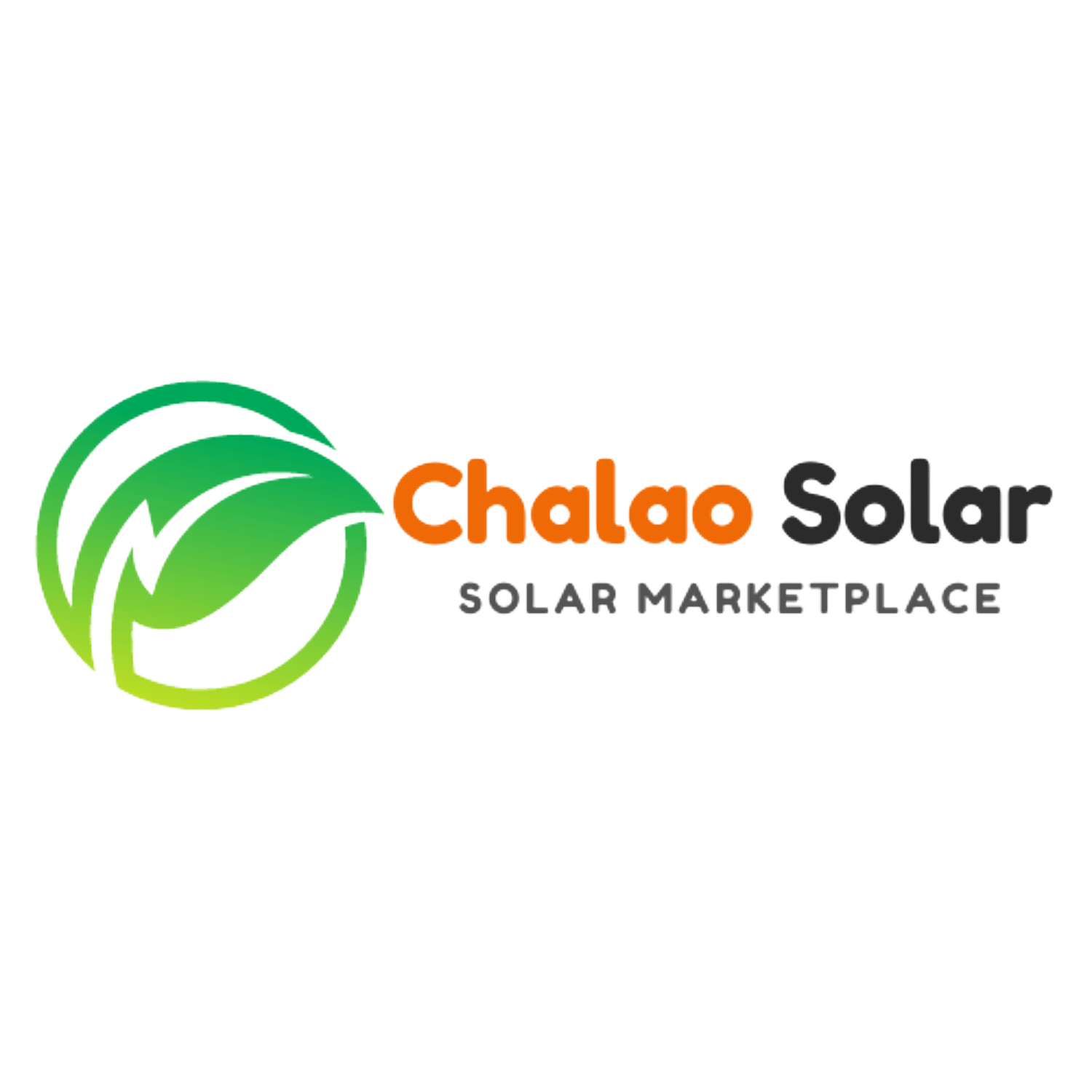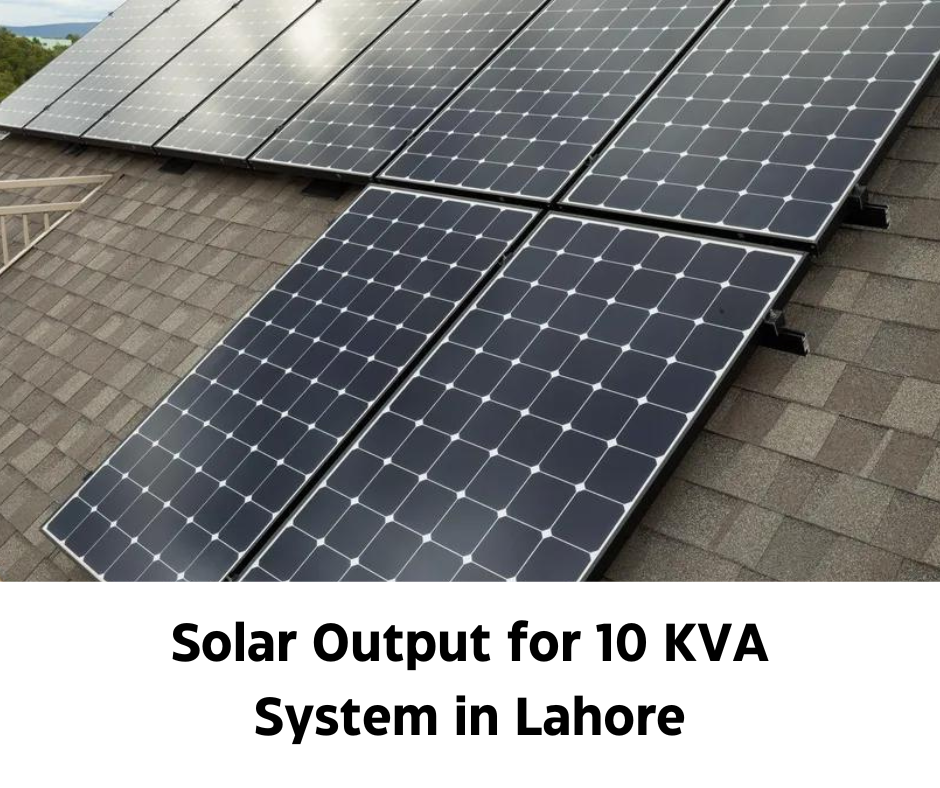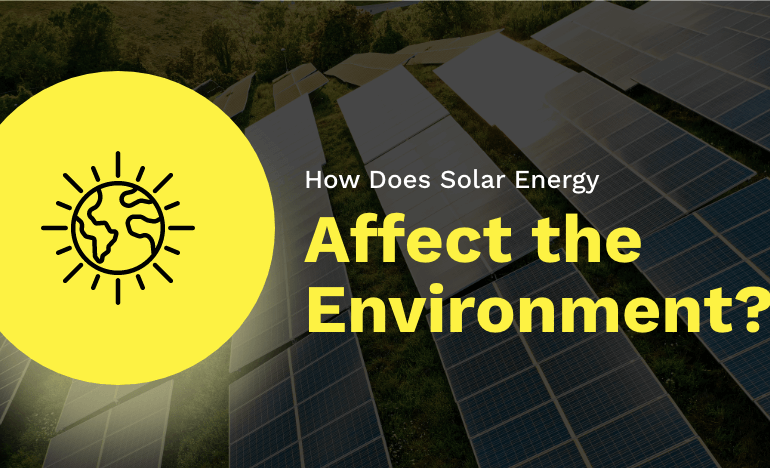Understanding the Basics of Solar Output for 10 KVA System:
Before delving into the intricacies of solar output for a 10 KVA system in Lahore, it is essential to comprehend the fundamental principles of solar energy generation. Solar panels, also known as photovoltaic (PV) panels, consist of multiple interconnected solar cells that convert sunlight into electricity through the photovoltaic effect.
These panels generate direct current (DC) electricity, which is then converted into alternating current (AC) electricity through an inverter for residential and commercial use.
In recent years, the demand for clean and sustainable energy sources has grown exponentially. As a result, solar power has emerged as a viable solution to meet this ever-increasing energy demand. In Lahore, Pakistan, where the sun shines brightly throughout the year, harnessing solar energy has become a popular choice for many individuals and businesses alike.
Solar Output for 10 KVA System in Lahore
This article aims to explore the solar output potential of a 10 KVA (Kilovolt-Ampere) system in Lahore, providing valuable insights into maximizing energy efficiency and optimizing the benefits of solar power.
Factors Affecting Solar Output
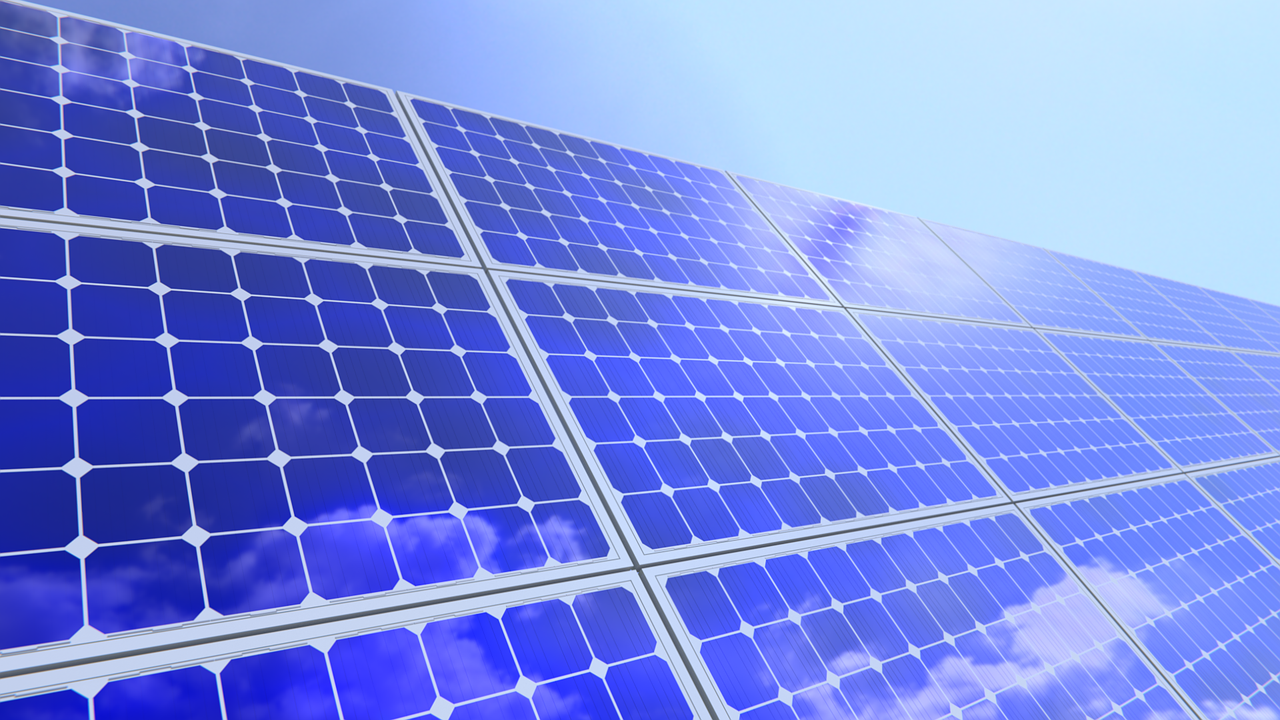
Several factors influence the solar output of a 10 KVA system in Lahore. It is crucial to consider these factors to optimize the system’s performance and ensure maximum energy efficiency. Let’s explore some of the key factors:
1. Solar Irradiance
Solar irradiance refers to the amount of solar energy received per unit area, usually measured in watts per square meter (W/m²). Lahore’s geographical location and favorable climate provide abundant sunlight, resulting in high solar irradiance levels. The higher the solar irradiance, the greater the solar output of the 10 KVA system.
2. Orientation and Tilt Angle
The orientation and tilt angle of panels significantly impact their performance. In Lahore, solar panels are typically installed facing south to maximize sunlight exposure throughout the day. Additionally, the tilt angle is adjusted to align the panels perpendicular to the sun’s path, optimizing solar energy absorption.
3. Shading
Shading can have a detrimental effect on solar output. Even partial shading on a solar panel can significantly reduce its energy production. It is crucial to identify potential shading sources such as nearby buildings, trees, or other obstructions and design the system accordingly to minimize their impact on solar output.
4. Temperature
Solar panels operate most efficiently at lower temperatures. However, as temperatures rise, the efficiency of solar cells decreases, leading to a reduction in solar output. Proper ventilation and airflow around the panels can help dissipate heat and maintain optimal operating temperatures.
5. System Maintenance
Regular maintenance and cleaning of solar panels are essential for maintaining optimum performance. Dust, dirt, and debris can accumulate on the panel surfaces, reducing their efficiency. Periodic inspection and cleaning ensure maximum sunlight absorption and, subsequently, higher solar output.
Maximizing Solar Output: Best Practices for Lahore
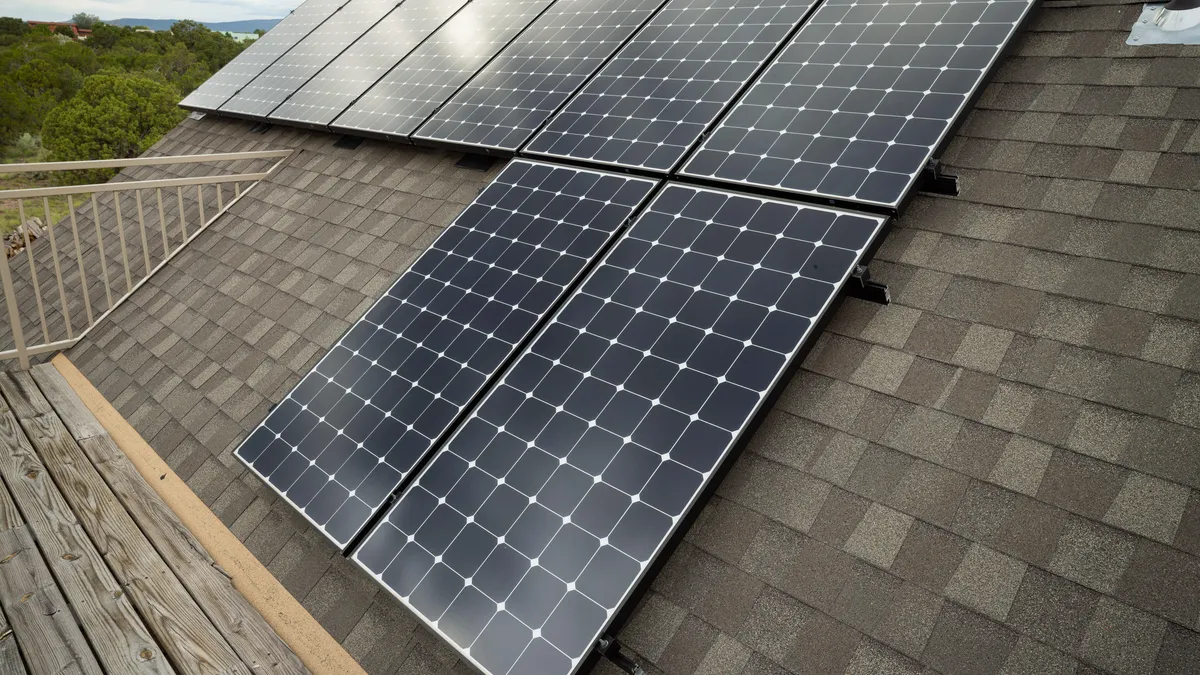
To maximize the output of a 10 KVA solar system in Lahore, it is essential to implement effective strategies and best practices.
Here are some actionable tips to optimize energy efficiency:
1. Select High-Quality Solar Panels
Investing in high-quality solar panels is paramount to ensure long-term performance and maximize solar output. Look for reputable manufacturers and consider panels with high conversion efficiencies and excellent durability. Reliable brands often offer warranties, providing added peace of mind.
2. Optimize System Design
Careful system design plays a crucial role in maximizing solar output. Collaborate with experienced solar installers or consultants who can assess your specific requirements and design a system that suits your needs. Factors such as panel placement, wiring configuration, and inverter selection should be taken into consideration to ensure optimal performance and maximum solar output.
3. Utilize Maximum Sunlight Exposure
Positioning solar panels to receive maximum sunlight exposure is essential for maximizing solar output. Clear any obstructions that may cast shadows on the panels, such as tree branches or nearby structures. Regularly monitor the panel orientation and adjust the tilt angle to capture the most sunlight throughout the day.
4. Implement Solar Tracking Systems
Solar tracking systems are advanced mechanisms that allow solar panels to follow the sun’s path throughout the day, maximizing solar energy absorption. These systems adjust the panel angles automatically, ensuring optimal positioning for increased solar output. While they may require additional investment, solar tracking systems can significantly enhance energy generation.
5. Regular Cleaning and Maintenance
Proper maintenance and cleaning are crucial for maximizing solar output. Dust, dirt, and debris accumulation on the panel surfaces can hinder sunlight absorption and reduce efficiency. Regularly inspect the panels for any signs of dirt or damage and clean them using non-abrasive materials as the manufacturer recommends.
6. Monitor and Analyze Performance
Monitoring and analyzing the performance of your solar system can provide valuable insights into its efficiency and potential areas of improvement. Utilize monitoring tools and software to track energy generation, system performance, and any deviations from expected outputs. Analyze the data to identify patterns, troubleshoot issues, and optimize the system for better solar output.
FAQs Solar Output for 10 KVA System
1. What is the average solar output for a 10 KVA system in Lahore?
On average, a well-designed and properly installed 10 KVA solar system in Lahore can generate around 1,200 to 1,500 kilowatt-hours (kWh) of electricity per month. However, the actual value may vary depending on factors such as solar irradiance, system efficiency, and maintenance.
2. How can I determine if my solar system is producing the expected output?
To determine if your system is producing the expected output, you can monitor your energy generation using a solar monitoring system. These systems provide real-time data on energy production, allowing you to compare it against your expected solar output. If there is a significant deviation, it may indicate an issue that requires further investigation.
3. Can I increase the output of my 10 KVA system in Lahore?
Yes, there are several ways to increase the output of your 10 KVA system. Ensuring optimal panel placement, regular maintenance, and utilizing advanced technologies such as solar tracking systems can help maximize energy absorption and increase overall output. Consulting with a professional solar installer can provide personalized recommendations for improving your system’s performance.
4. Are government incentives or subsidies available for solar installations in Lahore?
Yes, the government of Pakistan has implemented various incentives and subsidies to promote solar installations. These include net metering programs, tax exemptions, and low-interest financing options. In addition, it is advisable to consult with local authorities or solar industry experts to explore the available incentives and take advantage of them.
5. How long does it take to recover the investment in a 10 KVA system in Lahore?
The payback period for a 10 KVA can vary depending on factors such as energy consumption, solar output, and electricity rates. On average, it takes around 5 to 7 years to recover the initial investment through energy savings.
6. Can I sell excess solar energy back to the grid in Lahore?
Yes, Lahore has implemented net metering policies that allow solar system owners to sell excess electricity back to the grid. Furthermore, through net metering, the excess energy generated by your solar system is fed back into the grid, and you receive credits for it. These credits can be used to offset your electricity bills during periods of low solar output, ensuring greater cost savings and more efficient use of energy.
Conclusion
Harnessing solar energy through a 10 KVA system in Lahore offers significant benefits, including reduced electricity costs, environmental sustainability, and energy independence. In addition, understanding the factors that affect output and implementing best practices for maximizing energy efficiency are crucial steps in optimizing the performance of your solar system.
Moreover, by selecting high-quality panels, optimizing system design, utilizing maximum sunlight exposure, and regularly maintaining and monitoring your system, you can maximize the output of your 10 KVA system in Lahore.
With Lahore’s abundant sunlight and the increasing popularity of solar energy, investing in a solar system has never been more beneficial. Not only does it contribute to a greener and cleaner environment, but it also offers long-term financial savings.
Take advantage of government incentives, consult with solar professionals, and embark on your journey toward a sustainable and energy-efficient future.

